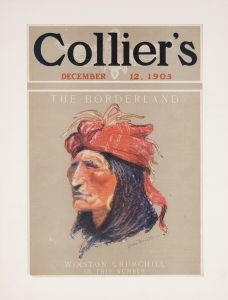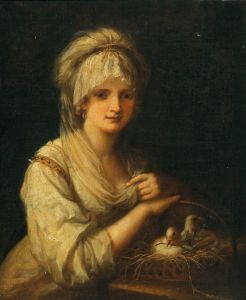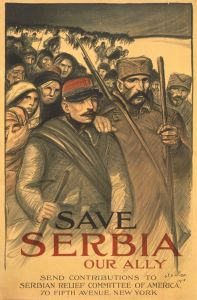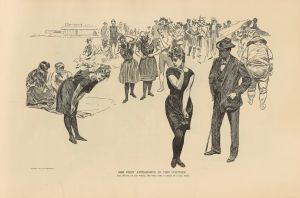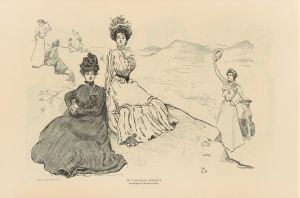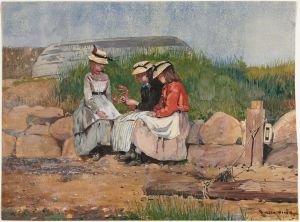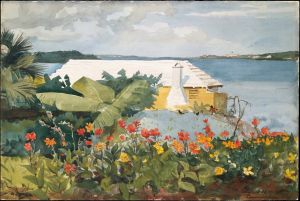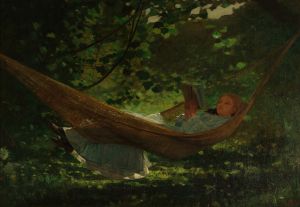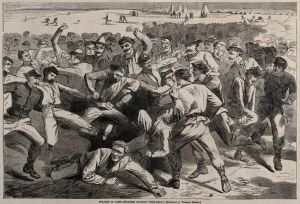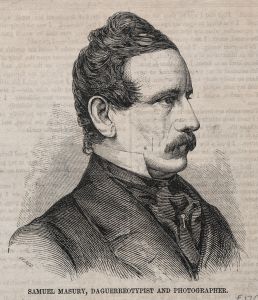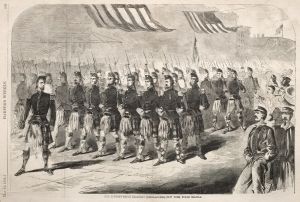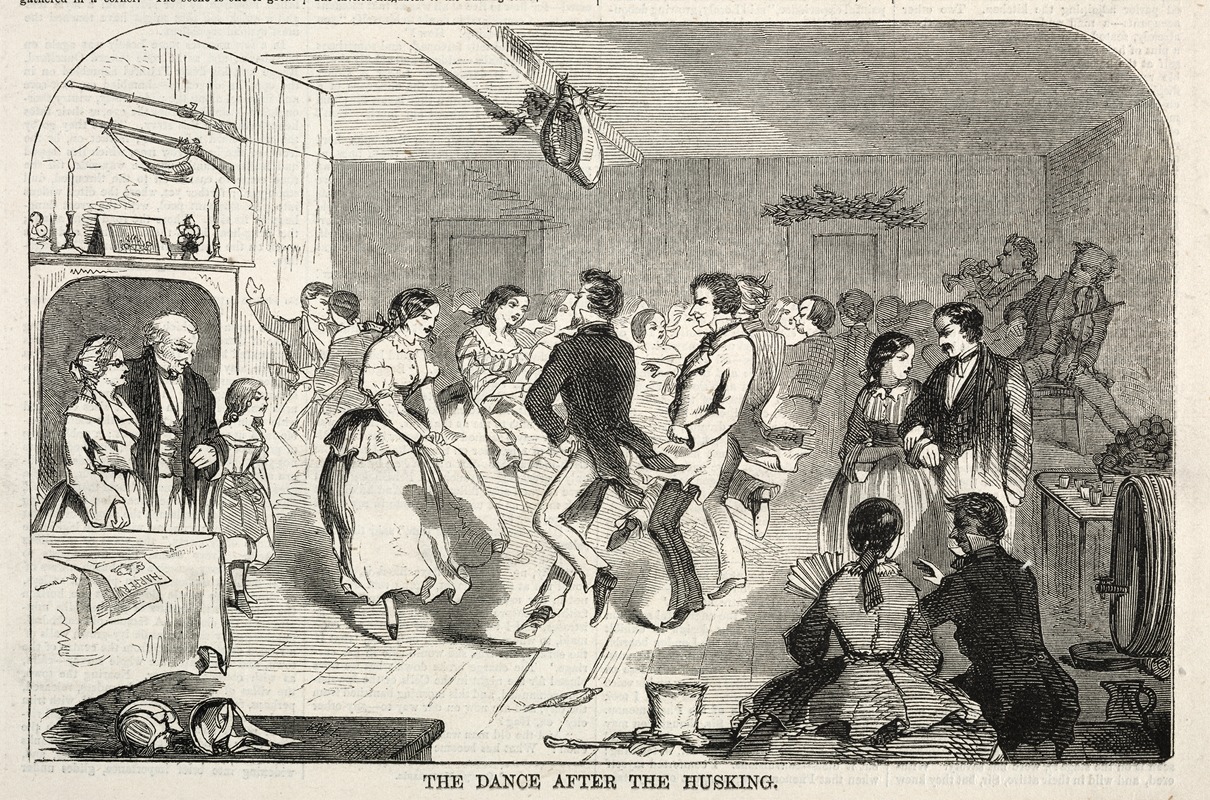
The Dance after the Husking
A hand-painted replica of Winslow Homer’s masterpiece The Dance after the Husking, meticulously crafted by professional artists to capture the true essence of the original. Each piece is created with museum-quality canvas and rare mineral pigments, carefully painted by experienced artists with delicate brushstrokes and rich, layered colors to perfectly recreate the texture of the original artwork. Unlike machine-printed reproductions, this hand-painted version brings the painting to life, infused with the artist’s emotions and skill in every stroke. Whether for personal collection or home decoration, it instantly elevates the artistic atmosphere of any space.
Winslow Homer, an American artist renowned for his landscape and marine subjects, created "The Dance after the Husking" in 1878. This painting is a notable example of Homer's work during a period when he was deeply engaged with rural American life and its traditions. Known for his ability to capture the essence of American culture, Homer often depicted scenes that highlighted the simplicity and beauty of everyday life.
"The Dance after the Husking" portrays a lively rural scene, likely set in New England, where Homer spent considerable time. The painting captures a moment of celebration following a communal activity known as a husking bee. Husking bees were social gatherings where community members came together to husk corn, an essential task in agricultural communities. These events were not only practical but also served as social gatherings, providing opportunities for entertainment and socializing.
In this painting, Homer illustrates a group of people engaged in a dance, suggesting the joy and camaraderie that followed the labor-intensive task of husking corn. The figures are depicted in motion, with a sense of rhythm and energy that conveys the festive atmosphere of the occasion. Homer's use of color and light enhances the vibrancy of the scene, capturing the warmth and spirit of the community.
Homer's work during this period often reflected his interest in the themes of rural life and the changing seasons. "The Dance after the Husking" is consistent with his exploration of these themes, showcasing the transition from work to leisure and the communal bonds that were an integral part of rural American life. The painting is also indicative of Homer's broader artistic style, characterized by its realism and attention to detail.
This piece is part of a larger body of work that Homer produced after returning from a two-year stay in France, where he was influenced by the Barbizon School and the emerging Impressionist movement. While he did not fully adopt the Impressionist style, elements of it can be seen in his use of light and color, as well as in his focus on capturing fleeting moments of everyday life.
"The Dance after the Husking" is a testament to Homer's ability to depict the American experience with authenticity and sensitivity. His work remains significant for its historical and cultural insights, offering a window into the lives of ordinary people during a time of significant social and economic change in the United States. Through paintings like this, Homer has left a lasting legacy that continues to resonate with audiences today, providing a glimpse into the past and the enduring spirit of community and celebration.






